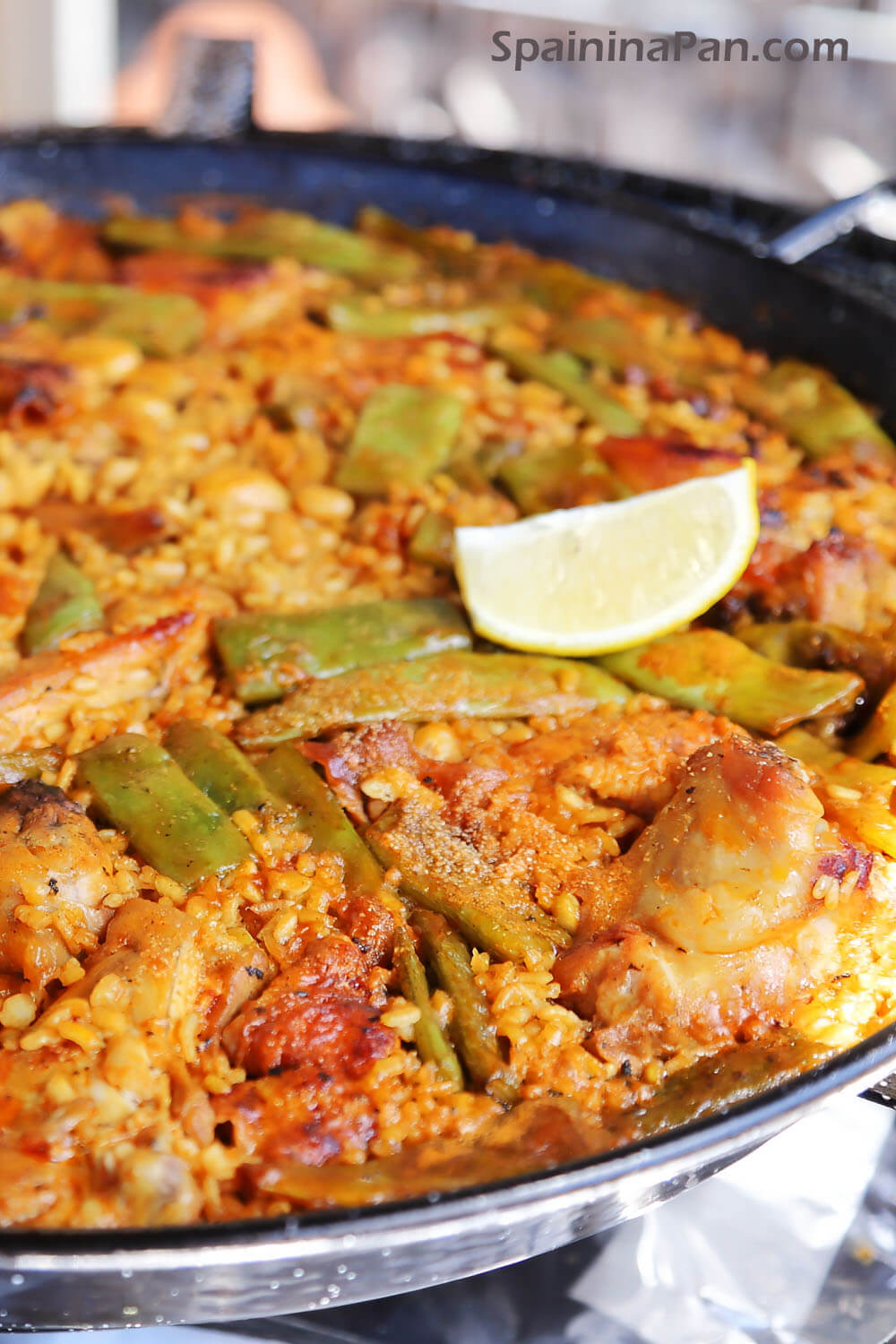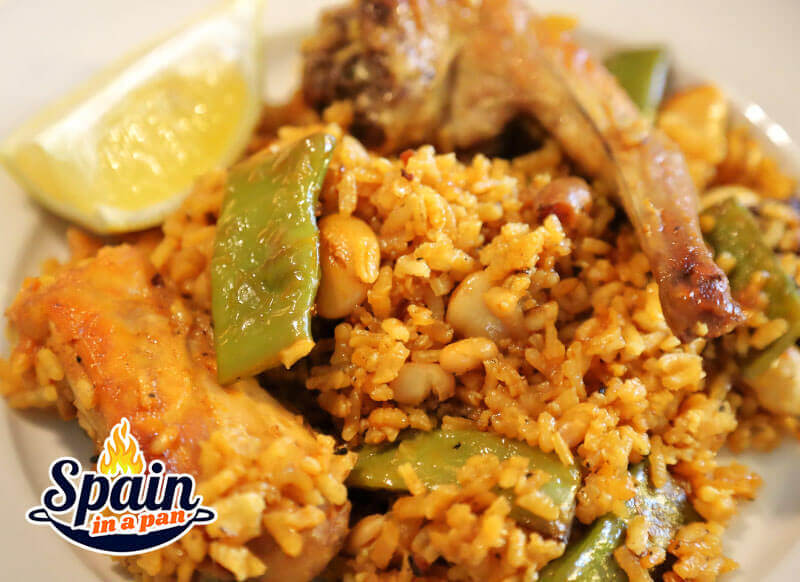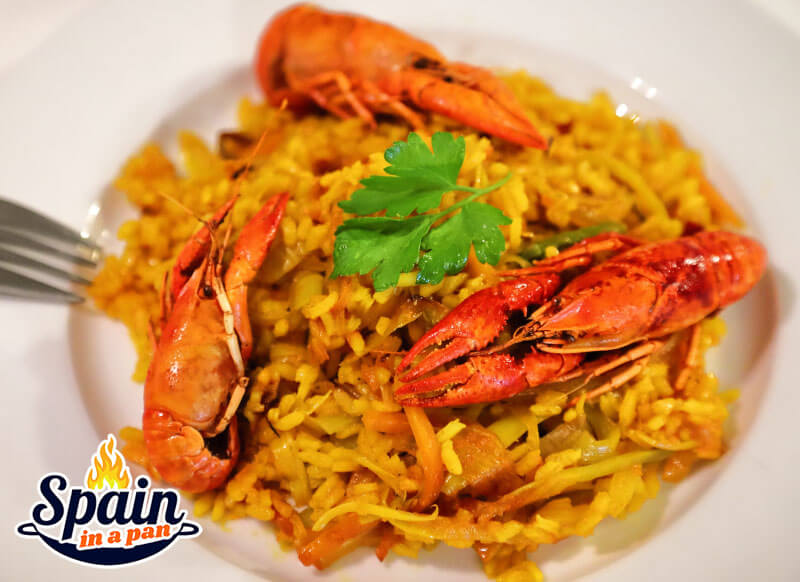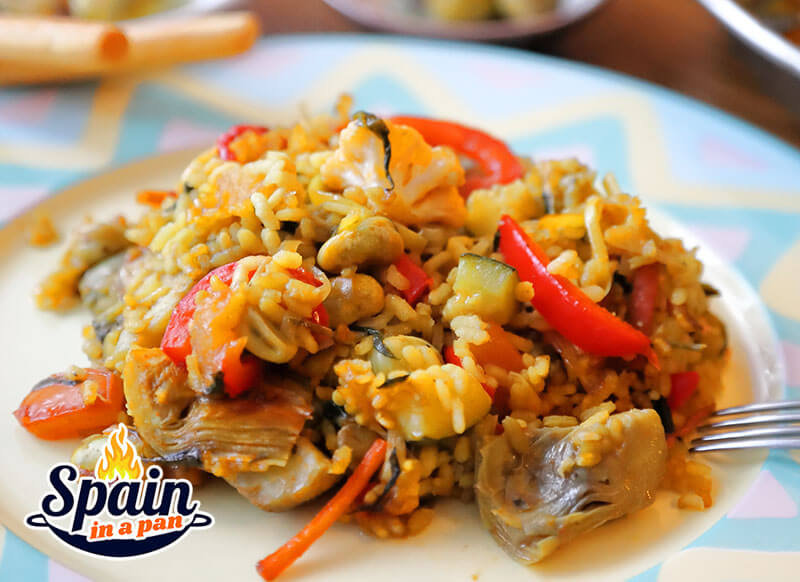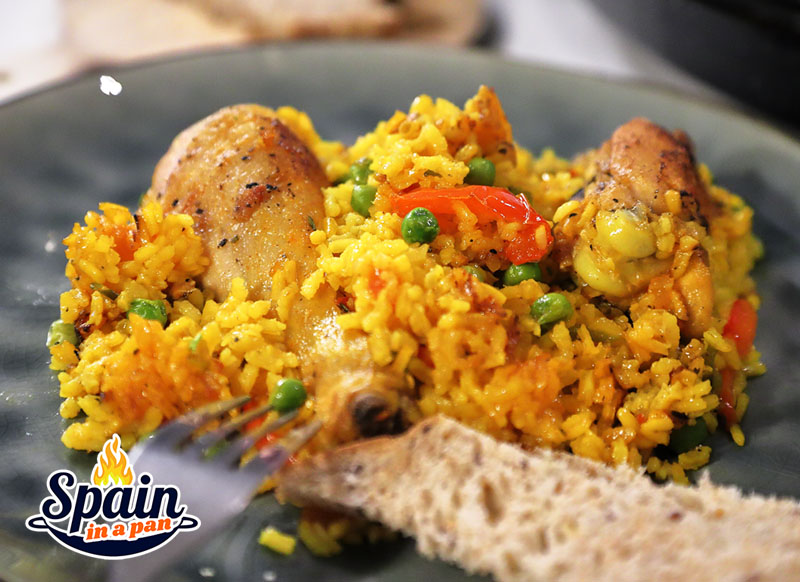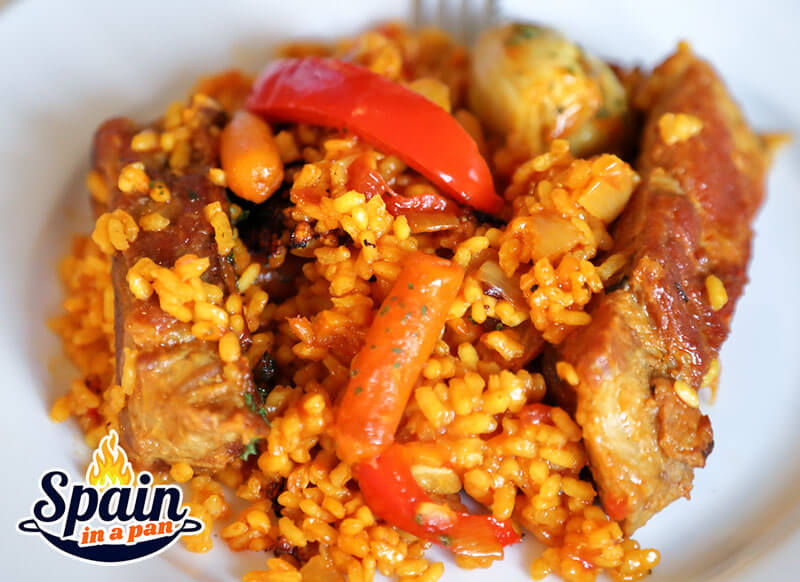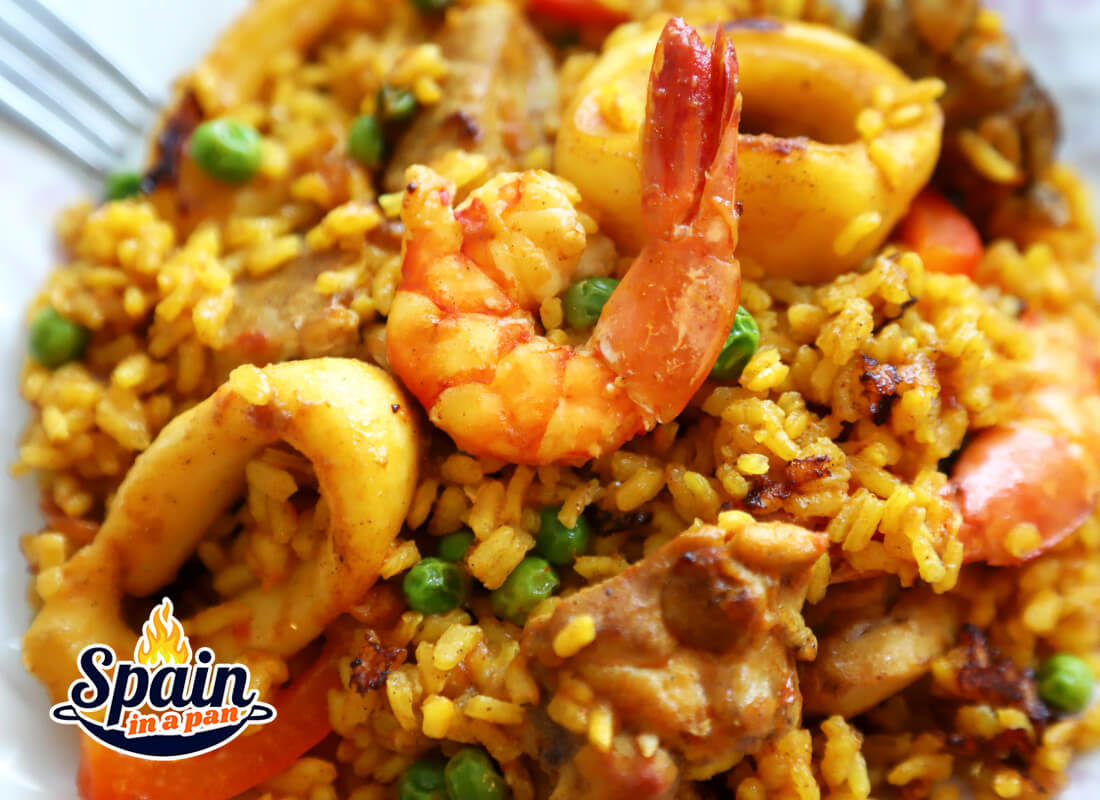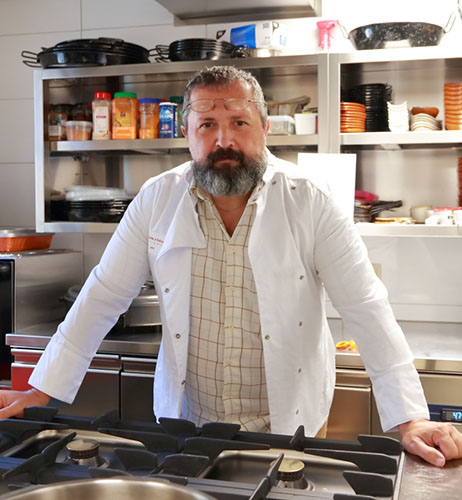- HOME
- Paella Recipes
Authentic Spanish Paella Recipes: Unstirred Delight!
By Edu Valor / Author - Spanish Chef
Note the word "unstirred" in the title! Authentic Spanish paella recipes are based on this cooking principle. Once you add the water (or broth) and rice, you don’t stir until it’s fully cooked.
Need a specific recipe quickly? Scroll down or click on the orange button below.
Ingredients like peppers or langoustines can be arranged on top, but the rice remains untouched. This is the traditional method of preparing the revered dish.
The taste somewhat changes when cooked over a wood burner. It adds a smoky flavor, which I absolutely love for that rustic touch.
On top of that, the crusty socarrat brings extra flavor and texture. Some chefs describe it as umami.
You don't have to let the weather ruin your paella cooking. Electric pans make it easier, and you can still get that delicious socarrat.
A room filled with that mouthwatering aroma will have everyone waiting eagerly. Just remember, never use gas burners indoors unless they have the safety sensor! I can't stress this enough—safety comes first!
Gatherings with family and friends are much more enjoyable when you're worry-free.
Cooking delicious food on a sunny summer day is always a pleasure, and Spain has plenty of sunny days!
There are some basic techniques that can help you make the perfect, flavorful paella every single time. Let me show you how on this link!
But Wait... Beware of the Paella Purists!
In Valencia, paella is a religion. And like all passionate traditions, it has its high priests.
Ask a proud Valencian, and you’ll often hear:
There’s only one true paella: Paella Valenciana. Here's the full recipe.
They’ll tell you exactly what should (and shouldn’t) go in it—no chorizo, no fusion confusion. In fact, many call anything else “arroz con cosas”—rice with stuff.
We say: respect the tradition, but cook what brings you joy. Just be clear about what you’re making. That way, even the sternest paella critic might smile.
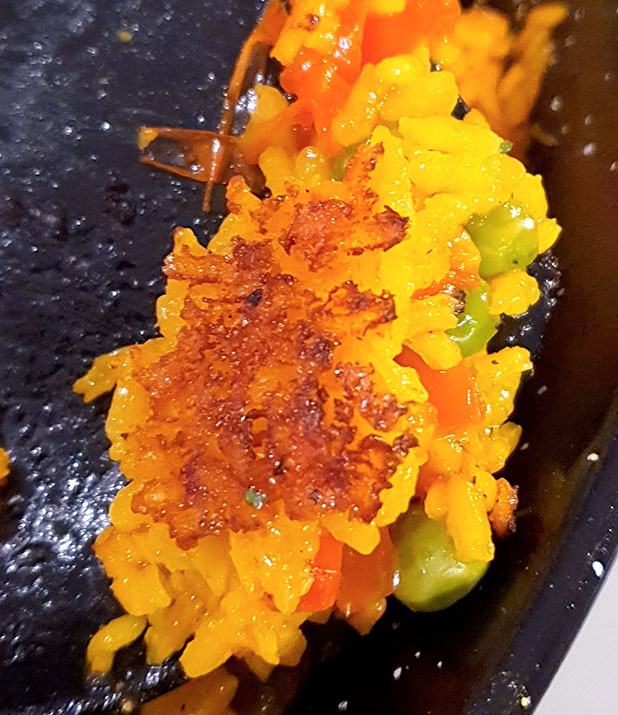 The golden brown crust underneath the paella rice is called "socarrat".
The golden brown crust underneath the paella rice is called "socarrat".
The Origins of Paella: From Fields to Festivities
Paella isn’t just a dish—it’s a story. It all began in the Albufera region of Valencia, where rice fields and farmland meet. Farmers needed a one-pan meal they could cook over an open fire. The result? Paella: a hearty mix of rice, chicken, rabbit, snails, and local vegetables.
The name paella comes from the Latin patella, meaning "shallow pan." It originally referred to the cooking vessel—not the food itself.
Today, “paella” means both the pan and the dish—and while historians debate the exact century it began, we know people have been enjoying it since at least the 1700s.
Why Paella Means So Much in Spain
In Spain, paella isn’t reserved for fancy dinners. It’s the dish of Sundays, name days, and neighborhood parties. In fact, there’s even a phrase:
“Andar de paella” – to go out for paella.
Whether it’s a church group, a local club, or a bunch of friends, cooking paella together is a social ritual.
During the Valencian Fallas Festival each March, massive paella pans feed entire blocks as paper-mâché figures (ninots) tower over the streets—then burn in bonfires.
If you don’t see the flames, you’ll smell the irresistible aroma of saffron, wood smoke, and sizzling rice.
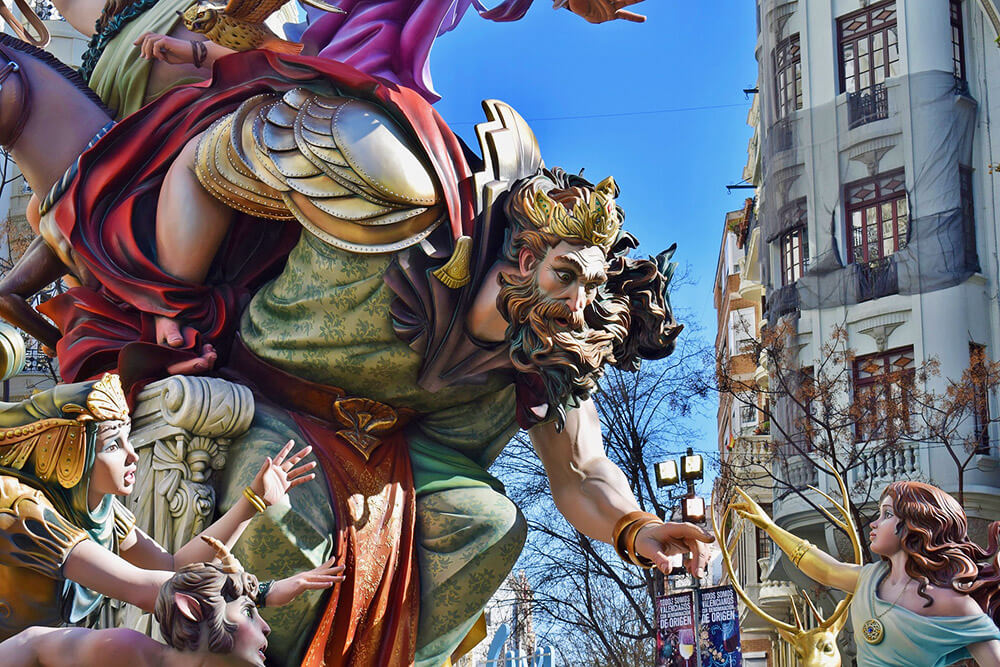 Wonderfully crafted Ninot puppets at the Fallas festival of Valencia. This is art!!
Wonderfully crafted Ninot puppets at the Fallas festival of Valencia. This is art!!
Types of Authentic Paella Recipes to Try Today
There’s no single “correct” way to make paella. While purists stand by the Valenciana, modern cooks have created countless variations.
Here are the main categories:
- Classic Paella Valenciana
- Seafood Paella (Paella de Mariscos)
- Mixed Paella (Paella Mixta)
- Vegetable Paella (Paella de Verduras)
-
Black Paella (Paella Negra or Arroz Negro)
Pro Tips for Perfect Paella at Home
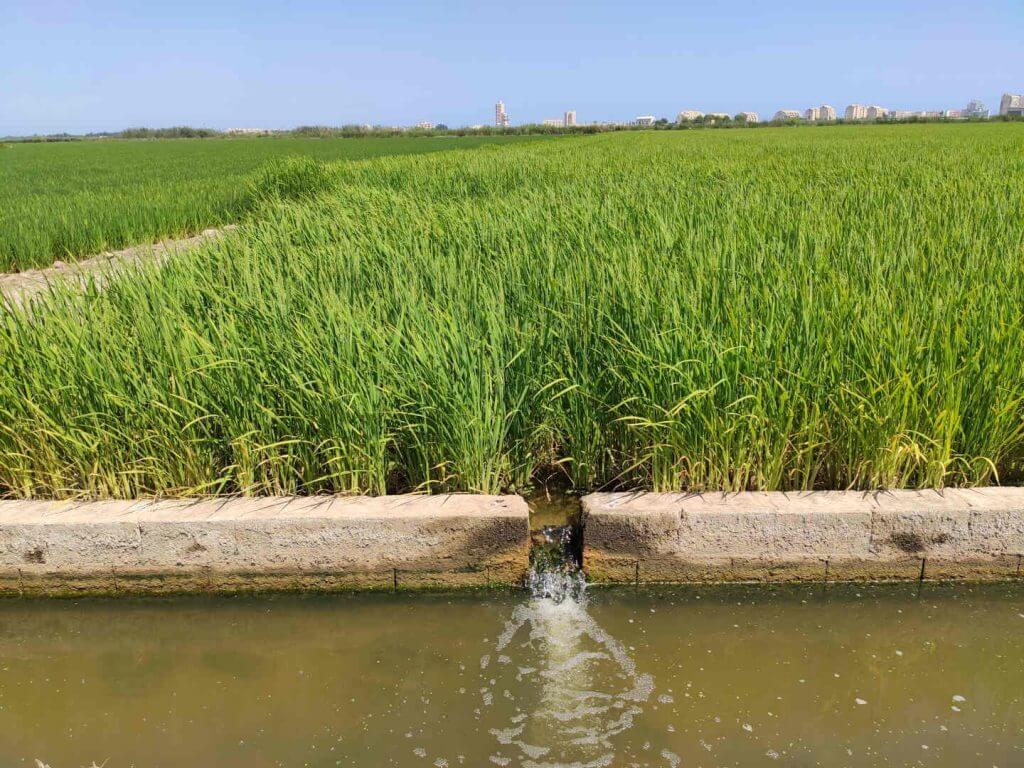 A huge rice field in the Albufera region of Valencia. Where the modern Albufera rice variety comes from.
A huge rice field in the Albufera region of Valencia. Where the modern Albufera rice variety comes from.
So... How Many Paella Recipes Are There?
As many as there are families in Spain!
Some say there are over 200 variations of paella Valenciana alone. Others say there’s only one true version.
Whatever you believe, one thing’s for sure: it’s a dish meant to be shared, enjoyed, and passed on.
Let’s Cook!
Scroll down for step-by-step paella recipes, or pick your favorite style above. Whether you're recreating a traditional Sunday in Valencia or mixing things up in your own kitchen, there’s a perfect paella recipe for you.
¡Buen provecho!
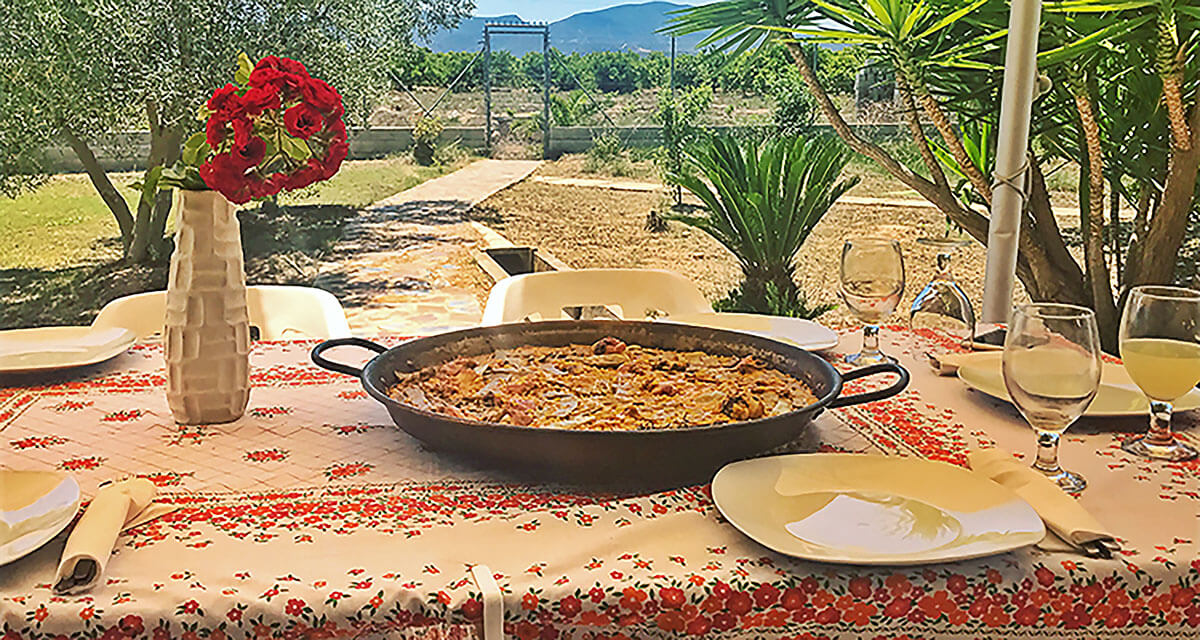
*****
